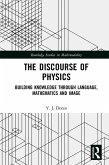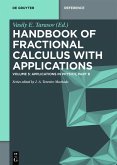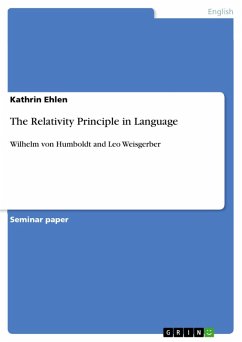The mathematical validity of the tensor operation known as contraction is questioned in another long section. This long section on contraction attempts to reproduce very complicated mathematical equations using for the most part only the symbols you typically find on a lap top keyboard. This was done as an experiment. I was looking for ways to circumvent all the problems associated with producing complex mathematical equations in the e-book format. As the "Smashwords Style Guide" suggests, "Keep it simple." I find it interesting that a device such as a lap top that is almost Baroque in its complexity should be denied that complexity in the production of an e-book. I remember typing on a portable, manual typewriter. The black Royal typewriter gave me as much trouble as my lap top. I remember that if you were typing even at a relatively slow speed the arms of certain keys would get stuck together. It is interesting to note that the operation of contraction does work properly in two dimensions using certain transformation equations, a trait that it shares with the operation of covariant differentiation.
Another long section calls into question the plausibility of the famous eclipse experiments. The notion that the gravitational field of the sun bends light from distant stars was suspected well before Einstein came on the scene. The notion that you could photograph stars whose light rays were displaced by the gravitational field of the sun during an eclipse seems reasonable. It is the notion of a reference point that causes concern. You would think that the sun would be a reasonable candidate for the reference point since the distant star's light rays are displaced by the gravitational field of the sun. But, the sun is not present in the comparison photographs. Where do we place the sun in the comparison photographs? There are many possible solutions to the reference point dilemma. For instance, we could measure the movements of the stars in question over a period of time during the night when they are visible then we could extrapolate where their positions in the daytime sky would be if their light rays were not being bent by the sun's gravitational field. Would these kinds of measurements be accurate enough?
There is a section on Arthur Eddington's development of the "Equations of a Geodesic" from his book "The Mathematical Theory of Relativity."
The modern method of deriving Kepler's laws using Newtonian mechanics is investigated. Various calculus and analytic geometry textbooks are scrutinized in this process. It is questioned whether the well established notion of the cross multiplication of vectors is valid in the context in which it is used to derive Kepler's laws. Also, there is a brief examination of Isaac Newton's original derivation of Kepler's laws as presented in his "Principia."
There are many other topics covered in the interview some are serious while others have a whimsical quality.
Dieser Download kann aus rechtlichen Gründen nur mit Rechnungsadresse in A, B, CY, CZ, D, DK, EW, E, FIN, F, GR, H, IRL, I, LT, L, LR, M, NL, PL, P, R, S, SLO, SK ausgeliefert werden.









